You’ve probably seen children playing in park mazes, those winding paths that both delight and frustrate. But did you know this dizzying pastime has been etched into our ancestors’ DNA for over 10,000 years? From spiral cave paintings in France to the mobile game Monument Valley, humanity’s obsession with mazes hides unexpected survival wisdom.
I. Cave People’s “GPS Trainer”
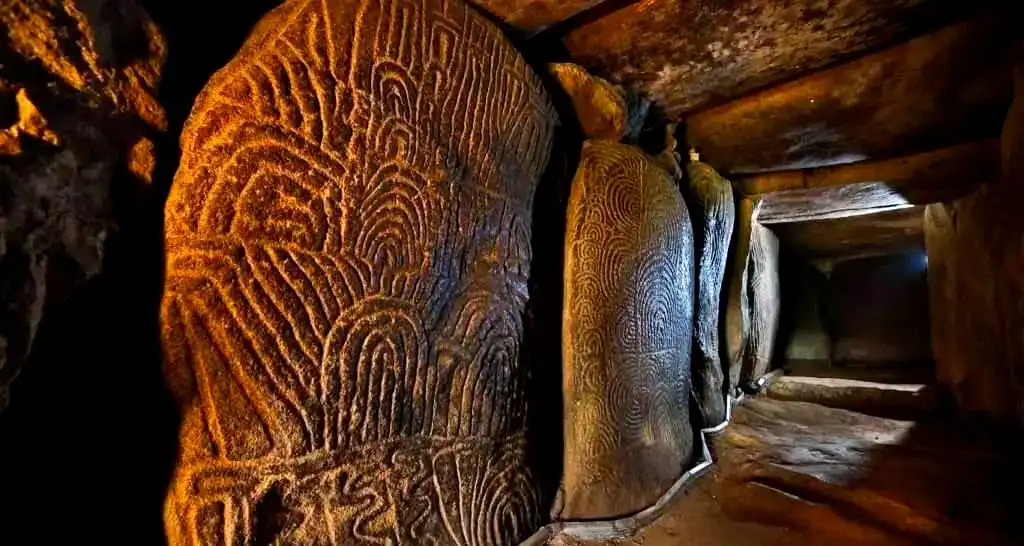
On the coast of Brittany, France, archaeologists have discovered massive stones carved with spiral patterns—5,000-year-old masterpieces from the Neolithic era. Why did ancient humans spend months carving circles? Scientists believe these spirals were their “navigation textbooks.” Just as parents today buy maze books to train kids’ brains, cave people used stone labyrinths to teach children to memorize complex terrains—after all, getting lost in the wilderness could be deadly.
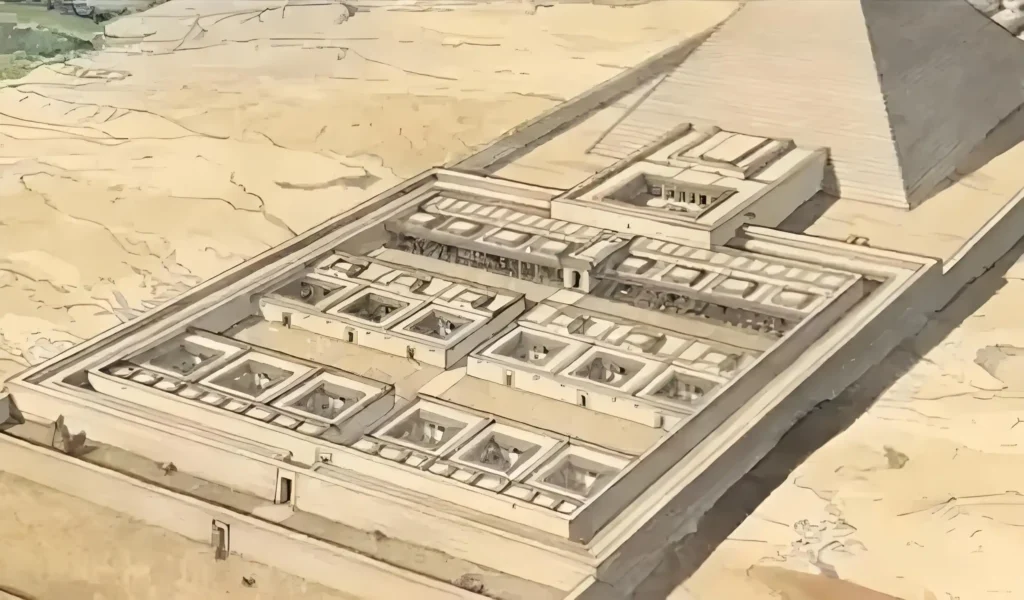
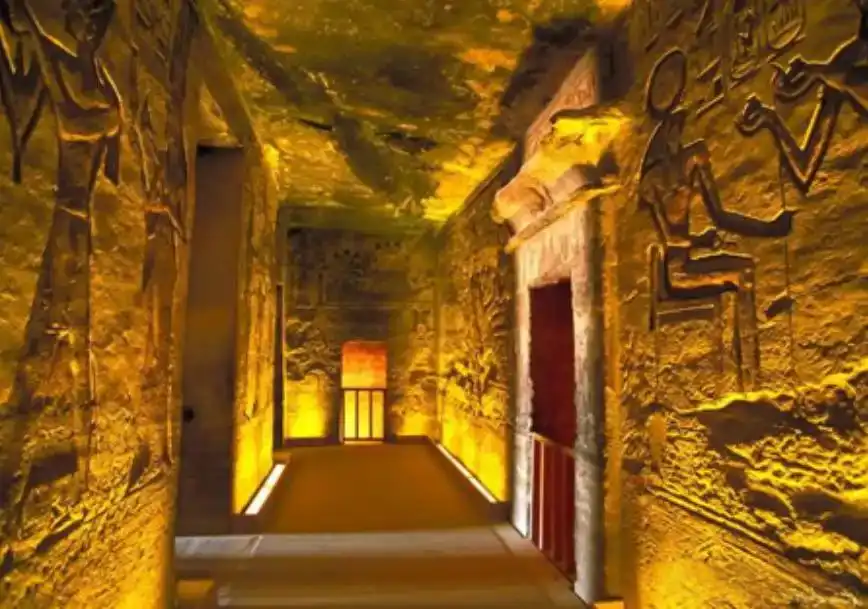
The Egyptian pharaohs took it up a notch. They built a tomb with 3,000 interconnected rooms in the desert. This wasn’t to deter tomb raiders but to create an “obstacle course” for the dead. Ancient Egyptians believed souls had to navigate challenges to reach the afterlife, making this maze a simulated underworld adventure—more thrilling than modern escape rooms!
II. Walking Cathedrals & Viking Talismans

Medieval Europeans didn’t install labyrinth floor designs in churches for decoration. The 13-meter-wide stone maze in France’s Chartres Cathedral served as a “pilgrimage substitute” for those unable to visit Jerusalem. Devotees knelt and traced the 260-meter path with their fingers, completing a spiritual journey. Even more ingenious were Indian temple mazes: circling them three times earned religious merit—like earning rewards through today’s WeChat Step Challenge.
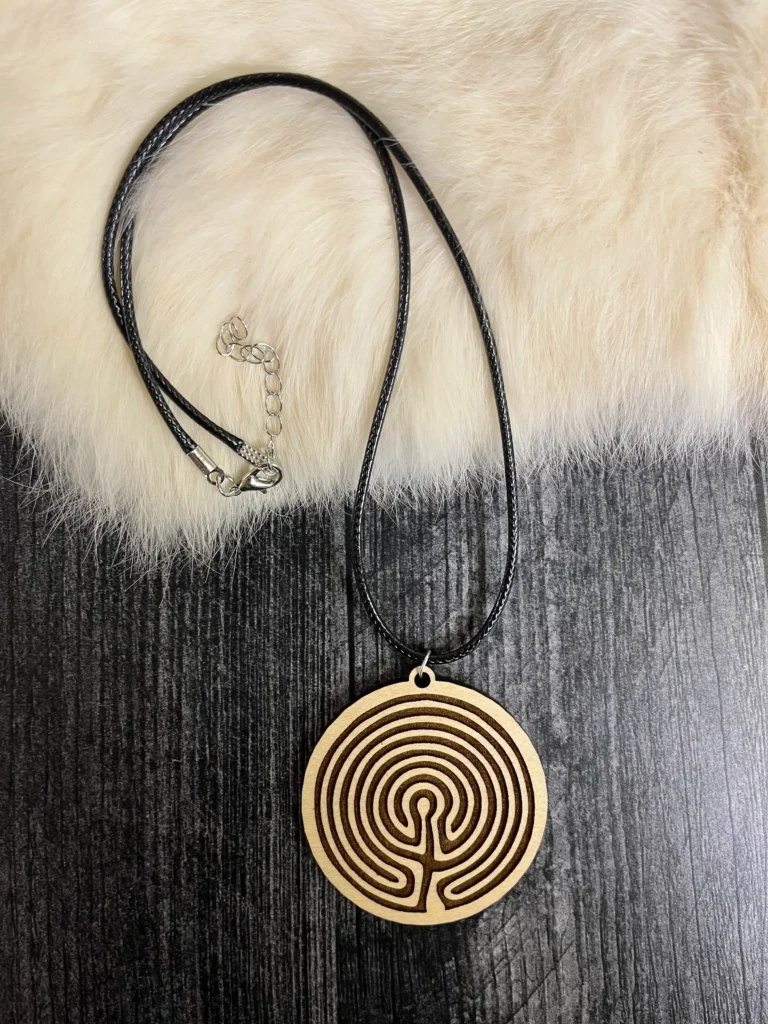
Vikings added their own twist. They carved maze symbols on amulets as “magic shields” against evil spirits. Picture a Viking warrior before battle, clutching a wooden labyrinth pendant and muttering: “If demons chase me, let them get lost first!” This psychological victory tactic mirrors modern students sharing lucky koi fish posts before exams.
III. Cornfield Chaos & Digital Mazes
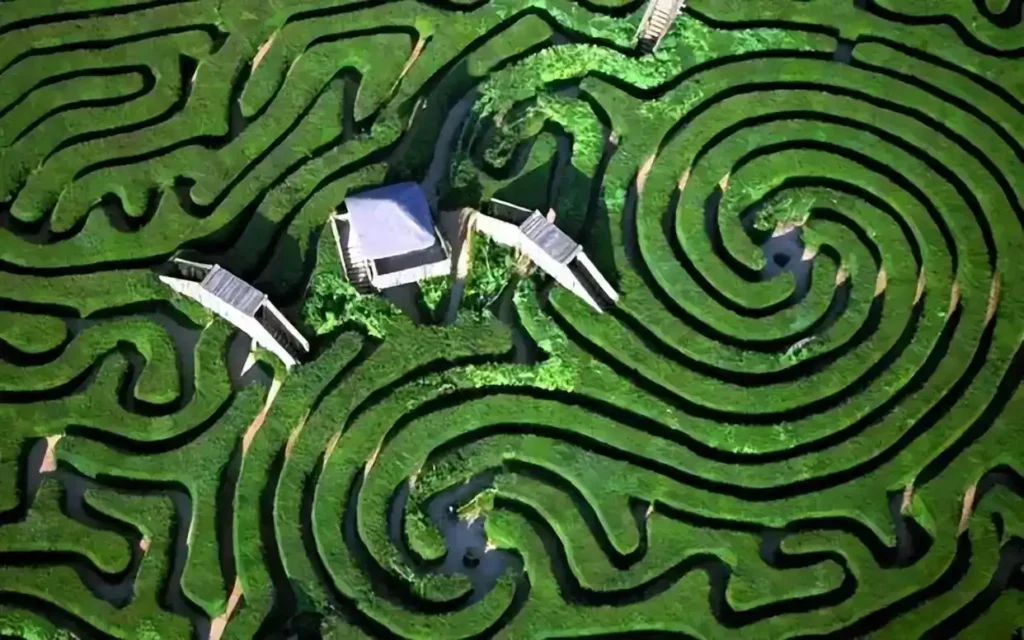
When England’s Hampton Court Maze opened in 1719, nobles arrived in carriages to “check in”—only to get stranded until dark. Gardeners had to rescue them with torches, creating a real-life Alice in Wonderland scene. Today, American farmers cash in by shaping cornfields into autumn mazes. One Chicago farm even hosts a nighttime laser maze, rivaling Halloween haunted houses.
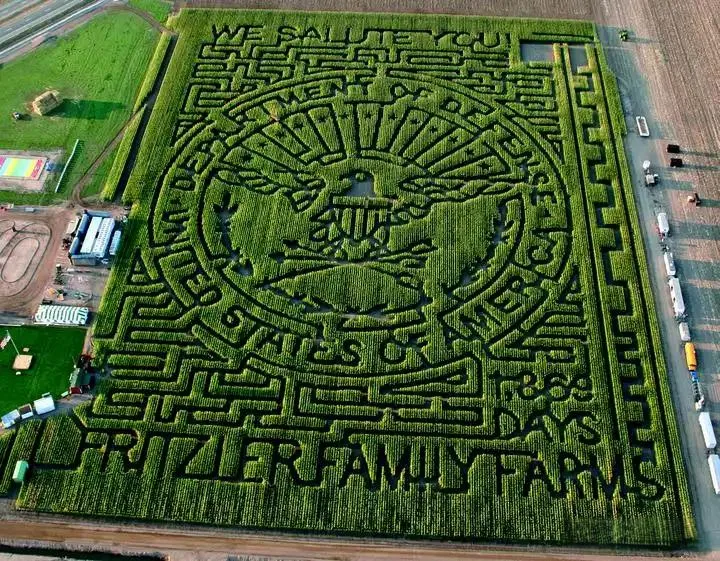

Video games elevated mazes to philosophical art. Monument Valley’s gravity-defying staircases mirror life’s challenges: what seems like a dead end becomes a new path when you shift perspective. Scientists recently found that navigating mazes triggers dopamine release—explaining why some people thrive on getting lost. Solving puzzles, it turns out, is as addictive as eating chocolate!

From the first spiral drawn in caves to smartphone mazes, humanity’s 30,000-year journey proves: getting lost isn’t foolish—it’s how wisdom grows. Every wrong turn trains us to face life’s complexity. Next time your child struggles in a maze, tell them: “Each dead end you hit is a survival skill passed down by our cave-dwelling grandparents!”
This post is also available in Afrikaans, Azərbaycan dili, Bahasa Indonesia, Bahasa Melayu, Basa Jawa, Bosanski, Català, Cymraeg, Dansk, Deutsch, Eesti, Español, Esperanto, Euskara, Français, Frysk, Galego, Gàidhlig, Hrvatski, Italiano, Kiswahili, Latviešu valoda, Lietuvių kalba, Magyar, Nederlands, O'zbekcha, Polski, Português, Română, Shqip, Slovenčina, Slovenščina, Suomi, Svenska, Tagalog, Tiếng Việt, Türkçe, Íslenska, Čeština, Ελληνικά, Беларуская мова, Български, Кыргызча, Македонски јазик, Монгол, Русский, Српски језик, Татар теле, Українська, Қазақ тілі, Հայերեն, עברית, ئۇيغۇرچە, اردو, العربية, سنڌي, فارسی, كوردی, پښتو, नेपाली, मराठी, हिन्दी, অসমীয়া, বাংলা, ਪੰਜਾਬੀ, ગુજરાતી, தமிழ், తెలుగు, ಕನ್ನಡ, മലയാളം, සිංහල, ไทย, ພາສາລາວ, ဗမာစာ, ქართული, አማርኛ, ភាសាខ្មែរ, 日本語, 简体中文, 繁体中文 and 한국어.
